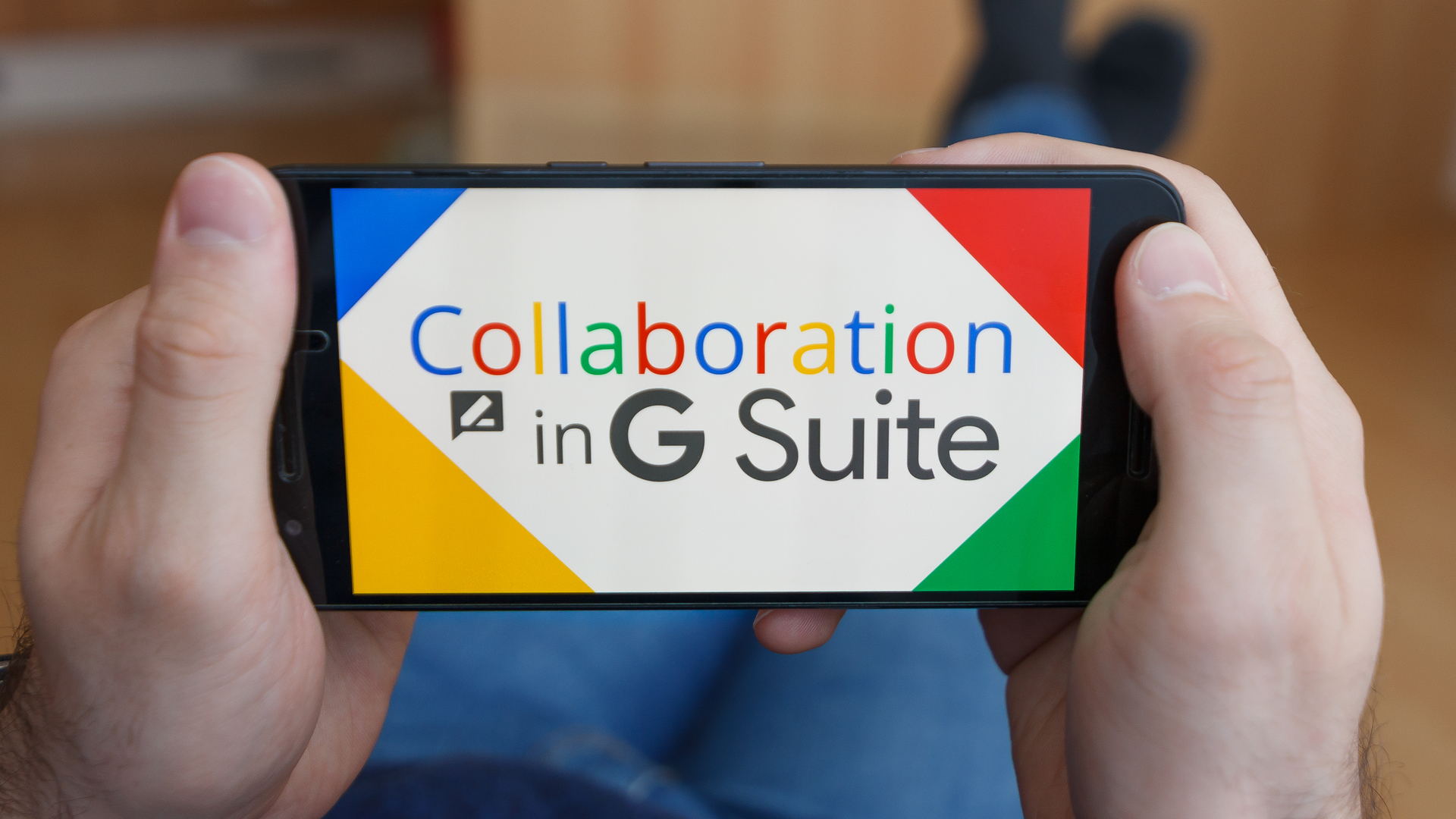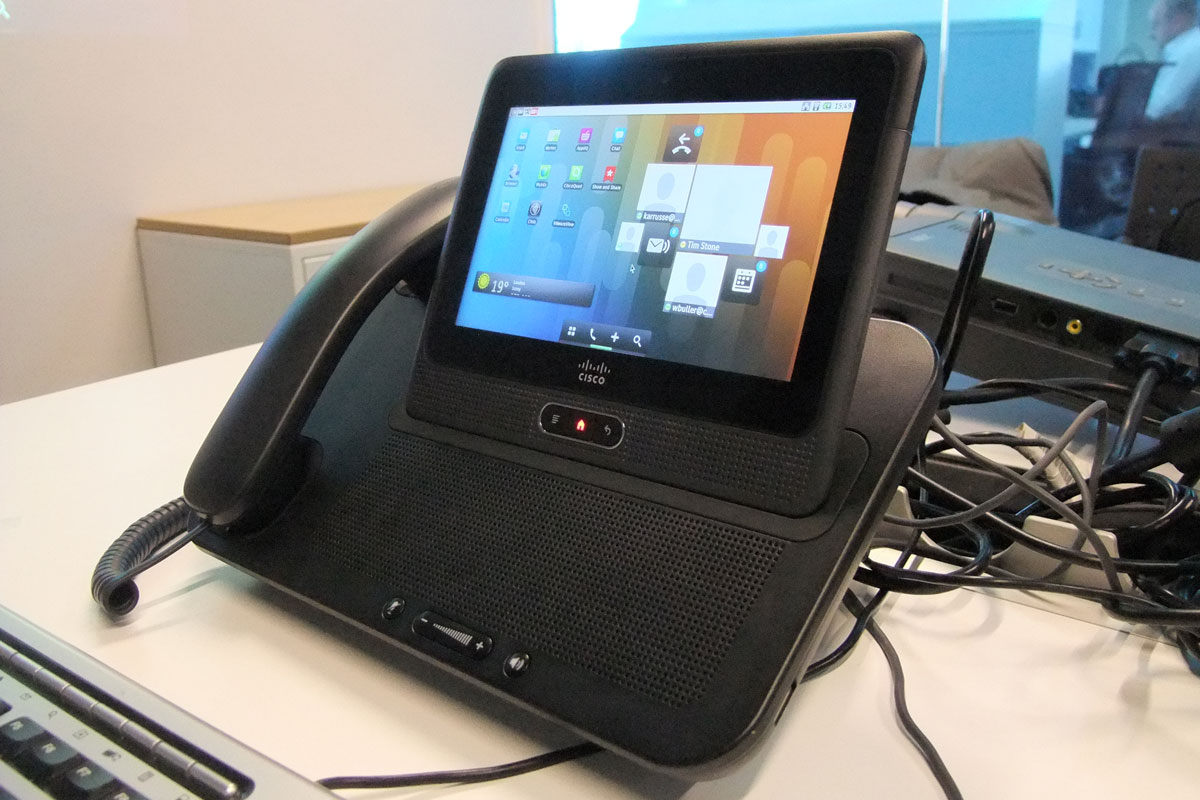Zoom launches hardware as a service video conferencing portfolio
The video conferencing giant has partnered with four companies to launch hardware for Zoom Phone and Zoom Rooms services


Zoom has partnered with four video conferencing equipment manufacturers to offer customers new hardware as a service (Haas) subscription-based packages.
As part of the HaaS launch, Zoom customers can choose hardware from DTEN, Neat, Poly and Yealink to power Zoom Phone and Zoom Rooms, the company’s enterprise communications products. Both have been launched in the US only, for now.
Customers can purchase several Zoom Phone hardware options ranging from desk-phones to smart conference phones, while Zoom Rooms equipment includes video bar projectors and meeting room displays.
Customers can deploy the communications systems across their businesses with a variety of subscription options for phone and meeting room hardware, with the capacity to scale video conferencing rooms and hardware options.
“Amazing hardware partnerships are a key part of Zoom’s ecosystem,” says Zoom’s president of product and engineering Velchamy Sankarlingam.
“With many people globally coping with today’s unique challenges, easy access to hardware is critical for offices, distance learning, telehealth, and more. Zoom Hardware as a Service will help users adapt to new work-from-anywhere environments by making it easier than ever before to get access to the latest and greatest hardware for Zoom Rooms and Zoom Phone.”
Zoom claims its HaaS packages will offer low upfront costs, allowing companies of all sizes to access the services but deferring otherwise highly costly payments. Payments will also be handled in a single invoice, including hardware and software purchases.
Sign up today and you will receive a free copy of our Future Focus 2025 report - the leading guidance on AI, cybersecurity and other IT challenges as per 700+ senior executives
Businesses can also add additional hardware and devices over time, as well as refresh existing equipment every three years if they so choose.
“Hardware as a Service is a game-changer that addresses key IT challenges of heavy upfront hardware costs, complex deployments, high-touch support, and cumbersome device lifecycle management,” said industry director for unified communications and collaborations at Frost and Sullivan, Roopam Jain.
RELATED RESOURCE

“It enables flexible and cost-effective OPEX-based end-to-end deployments that future proof technology investments, allowing business users to leverage cutting-edge communications.”
Zoom has performed exceptionally well as a business since the COVID-19 crisis emerged across the world, with revenue surging by 169% according to figures released in June. One of the challenges the company faced was converting a massive increase in demand, and an influx of free users, into revenue, although the company’s financial reports would suggest this is a challenge the company is overcoming.
Privacy and security have been an Achilles’ heel of sorts, however, with the company initially underestimating its significance. The debate over encryption best exemplifies this, with the company initially claiming it offered end-to-end encryption despite this not being the case.
Zoom eventually announced it would be offering paid subscribers end-to-end encryption over their communications, but after some online backlash, this policy was later extended to cover all Zoom users.

Keumars Afifi-Sabet is a writer and editor that specialises in public sector, cyber security, and cloud computing. He first joined ITPro as a staff writer in April 2018 and eventually became its Features Editor. Although a regular contributor to other tech sites in the past, these days you will find Keumars on LiveScience, where he runs its Technology section.
-
 Gender diversity improvements could be the key to tackling the UK's AI skills shortage
Gender diversity improvements could be the key to tackling the UK's AI skills shortageNews Encouraging more women to pursue tech careers could plug huge gaps in the AI workforce
-
 Researchers claim Salt Typhoon masterminds learned their trade at Cisco Network Academy
Researchers claim Salt Typhoon masterminds learned their trade at Cisco Network AcademyNews The Salt Typhoon hacker group has targeted telecoms operators and US National Guard networks in recent years
-
 GoTo appoints Michael Day as its new channel chief
GoTo appoints Michael Day as its new channel chiefNews Channel veteran will lead the company’s recently announced GoTo Partner Network
-
 Google developing all in one messaging app for business
Google developing all in one messaging app for businessNews The app will combine G Suite services into one single mobile entity, according to reports
-
 How unified communications could energise your business
How unified communications could energise your businessIn-depth Unified communications used to be a buzzword reserved for enterprises and huge budgets – but not anymore
-
 No catches: How 3CX v16 can slash your costs
No catches: How 3CX v16 can slash your costsIn-depth With an aggressive new pricing structure, it's now even easier for businesses to cut their telco costs in half
-
 Businesses 'should already be on their journey to UCaaS'
Businesses 'should already be on their journey to UCaaS'In-depth With the unified communications market on the rise, experts urge companies to shift towards an 'as-a-service' approach
-

 Sennheiser MB 660 review: Sounds like a winner
Sennheiser MB 660 review: Sounds like a winnerReviews This UC headset is expensive, but the quality is unbeatable
-
 Unified comms market to explode
Unified comms market to explodeNews UC in EMEA will be worth a whopping $16.6 billion by 2015.
-
 Cisco Cius review: First Look
Cisco Cius review: First LookReviews The Cisco Cius is an Android tablet designed specifically for businesses, but can it succeed in such an incredibly competitive market where others have not? We take a sneak peek at the Cius to find out.